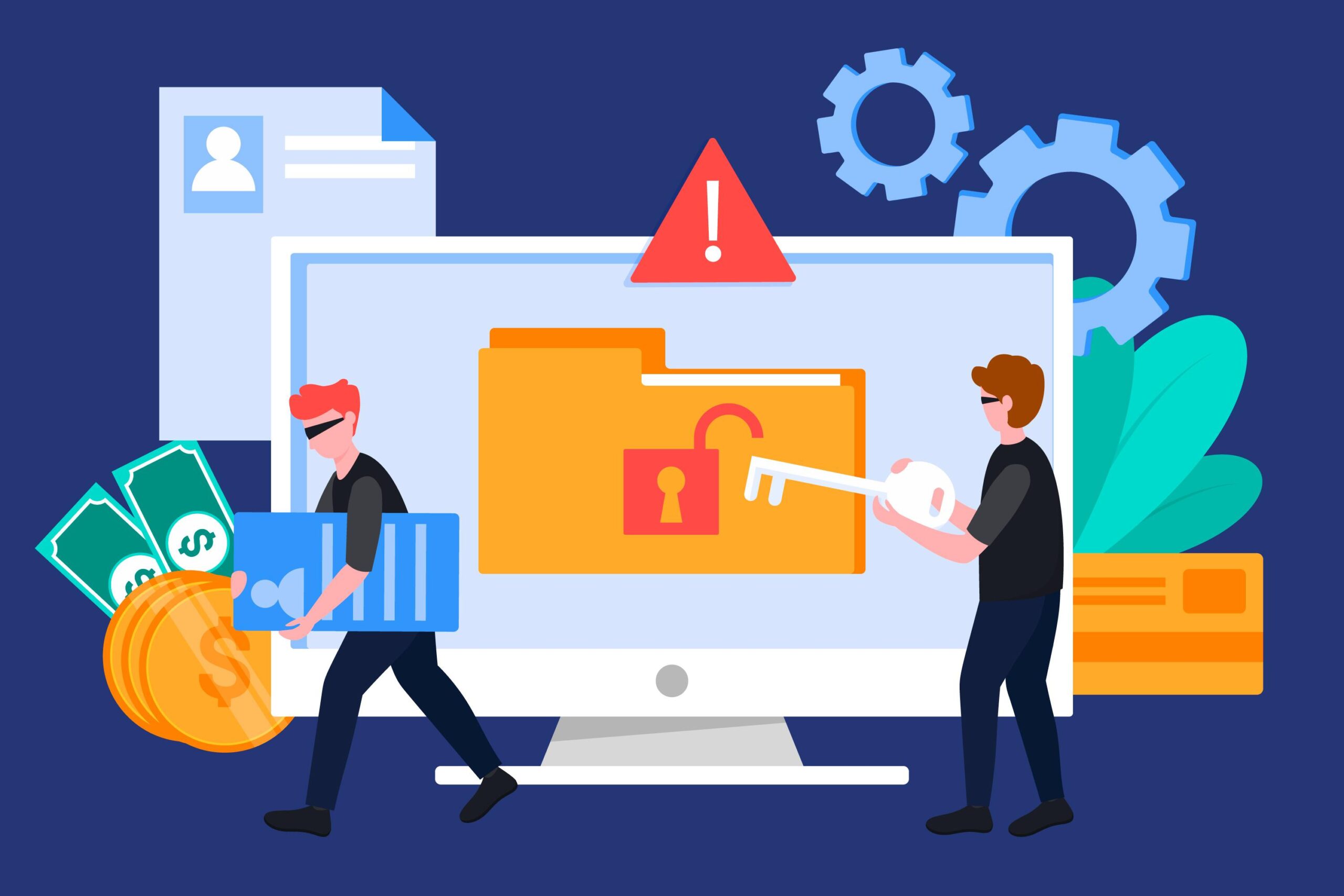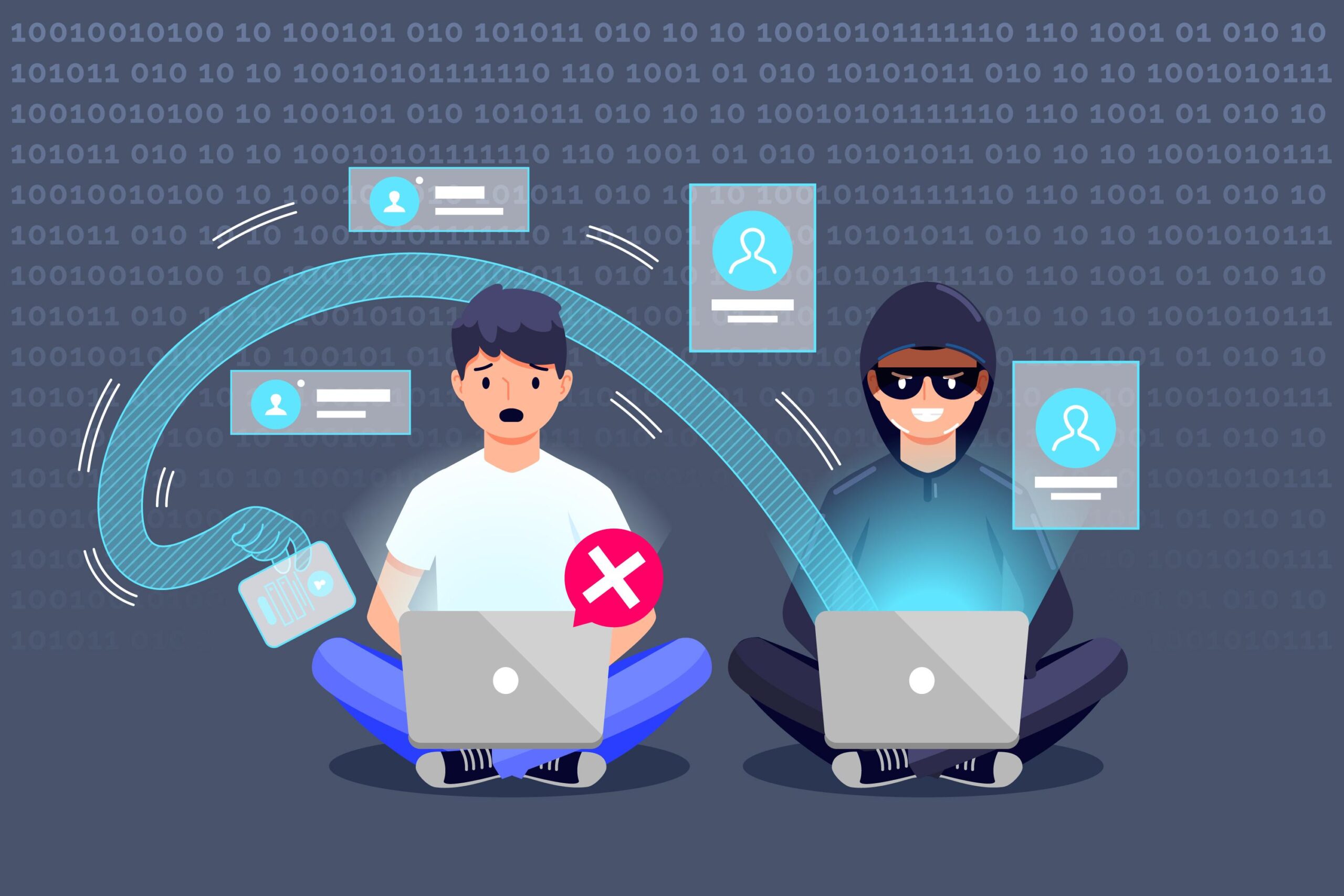Introduction
In an increasingly digital world, cybersecurity is more critical than ever. As technology evolves, so do the tactics of cybercriminals. To protect your personal and professional data, it’s essential to be aware of common cybersecurity mistakes and learn how to avoid them. In this blog post, we’ll discuss the five most significant cybersecurity mistakes people make and provide actionable tips on how to safeguard your digital life. By avoiding these pitfalls, you can significantly reduce the risk of falling victim to cyber threats.

Weak Passwords : One of the most prevalent cybersecurity mistakes is using weak passwords. Weak passwords are easy targets for hackers. To avoid this mistake, create strong passwords that combine uppercase and lowercase letters, numbers, and special characters. Avoid using easily guessable information like birthdays or common words. Consider using a password manager to generate and store complex passwords securely.
Neglecting Software Updates : Failure to keep your software and operating systems updated is another common mistake. Software updates often include patches for known vulnerabilities. When you ignore these updates, you leave your devices and data susceptible to exploitation. Make it a habit to regularly update your operating system, applications, and antivirus software. Enable automatic updates whenever possible to stay protected.
Clicking on Suspicious Links and Attachments: Phishing attacks are a leading cause of data breaches. Falling for phishing emails, which trick you into clicking on malicious links or opening infected attachments, is a significant cybersecurity mistake. Always verify the sender’s legitimacy before clicking on links or downloading attachments. Be cautious of unsolicited emails, especially those requesting sensitive information or urgent actions. Hover over links to see the actual URL before clicking.
Ignoring Two-Factor Authentication (2FA): Not using two-factor authentication (2FA) is a mistake that can have serious consequences. 2FA adds an extra layer of security by requiring a second verification step, typically a one-time code sent to your mobile device. Enabling 2FA for your accounts significantly reduces the risk of unauthorized access, even if your password is compromised. Whenever a service offers 2FA, enable it promptly to enhance your security.
Neglecting Cybersecurity Education: Many individuals and organizations overlook the importance of cybersecurity education. Failing to stay informed about the latest cyber threats and best practices is a critical mistake. Invest time in learning about cybersecurity trends and techniques. Regularly update your knowledge to recognize evolving threats like social engineering or ransomware. Additionally, educate your employees or family members about cybersecurity to create a safer online environment.
Conclusion
Cybersecurity is an ongoing process, and avoiding common mistakes is vital for safeguarding your digital life. By creating strong passwords, keeping software up to date, being cautious with links and attachments, enabling two-factor authentication, and investing in cybersecurity education, you can significantly reduce your risk of falling victim to cyberattacks. Remember that in the ever-changing landscape of cybersecurity, vigilance and proactive measures are your best defenses. Stay informed, stay secure.

